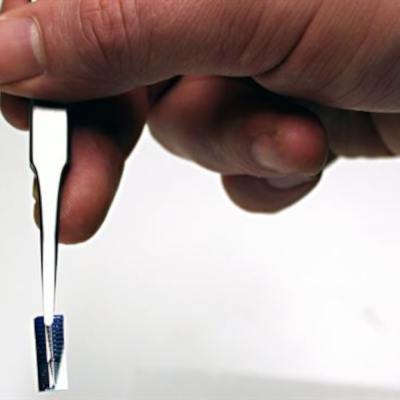A new optical chip has been developed by scientists at Chalmers University of Technology and the Technical University of Denmark (DTU) that can transfer data at a rate of 1.8 petabits per second. This is made possible by the chip’s high Q-factor, which allows it to use almost the entire spectrum of light. The technology has the potential to significantly reduce the power consumption of the internet.
The chip works by splitting the light from a single infrared laser into a rainbow spectrum of colors or frequencies, which can then transfer different data through a fiber optic cable. This is possible because the chip uses almost the entire spectrum of light, rather than just a few frequencies, which increases the data transfer rate. The Q-factor of the chip is also crucial, as it measures the optical losses of the silicon nitride waveguide technology used in the chip.
According to Victor Torres Company, a professor at the Chalmers Institute of Microtechnology and Nanoscience, the technology has the potential to replace hundreds of lasers in internet hubs and data centers, which consume a lot of power and generate heat. This could lead to a smaller carbon footprint for the internet. The research was published in the journal Nature Photonics.










